A Journey To The Center Of The Earth
We are at ground level 0 m, buckle yous seat belts for a ride to center of the Earth
1) 20 m - The Roots Of A Camel Thorn
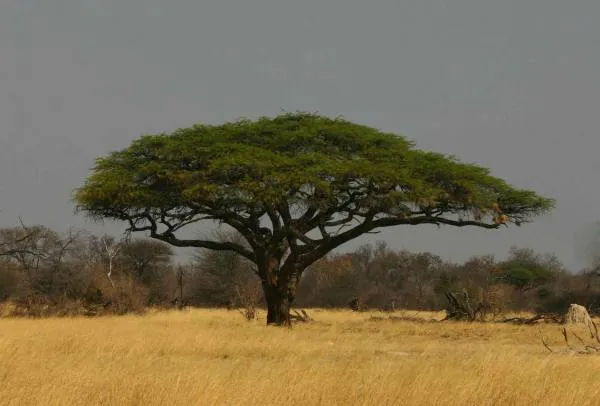
Vachellia erioloba Camel Thorn, giraffe thorn is a tree of southern Africa in the family Fabaceae. Its preferred habitat is the deep dry sandy soils in parts of South Africa, Botswana, the western areas of Zimbabwe and Namibia.Camel Thorn trees grow up to 18 m tall, with a large spreading canopy that produces shade and animal shelter. Trees older than 10 years produce numerous yellow ball-shaped inflorescence , and trees older than 20 years produce crops of up to 1,200 flat, crescent-shaped seedpods per tree. Studies suggest that trees may live 250-300 years.
2) 35 m The Deepest Pool In The World
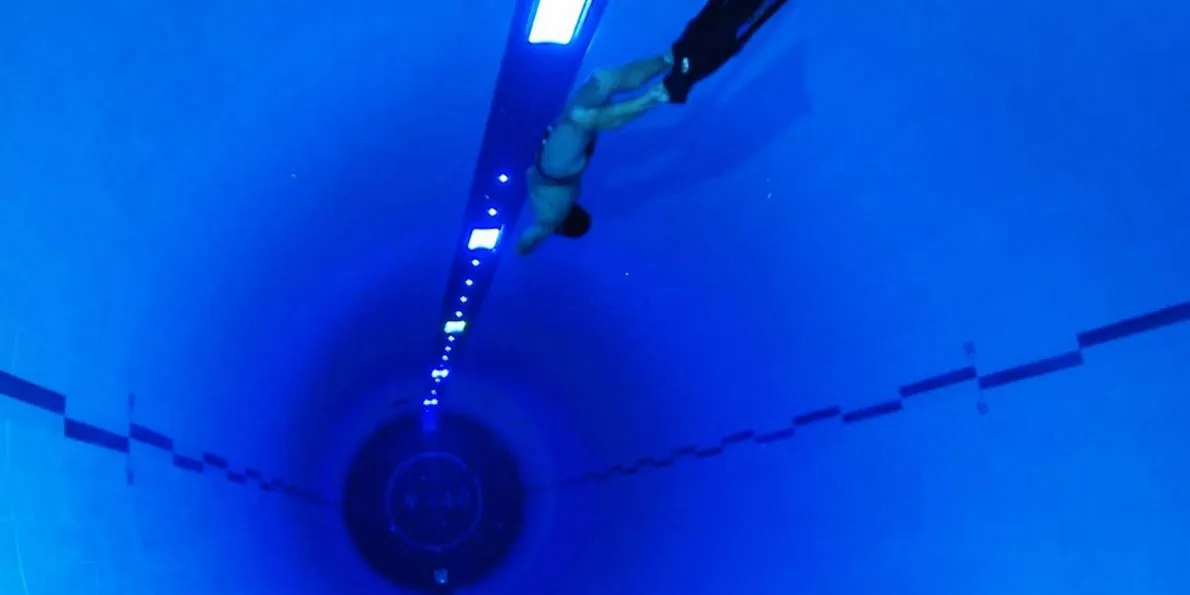
Nemo 33 is an indoor swimming pool facility in Brussels, Belgium. It held the record as the deepest indoor swimming pool in the world between its opening on May 1, 2004 and the completion of Y-40 in Montegrotto Terme, Padua, Italy on June 5, 2014. The pool's maximum depth is 34.5 meters (113 ft).
3) 60 m Ancient Underground Cities
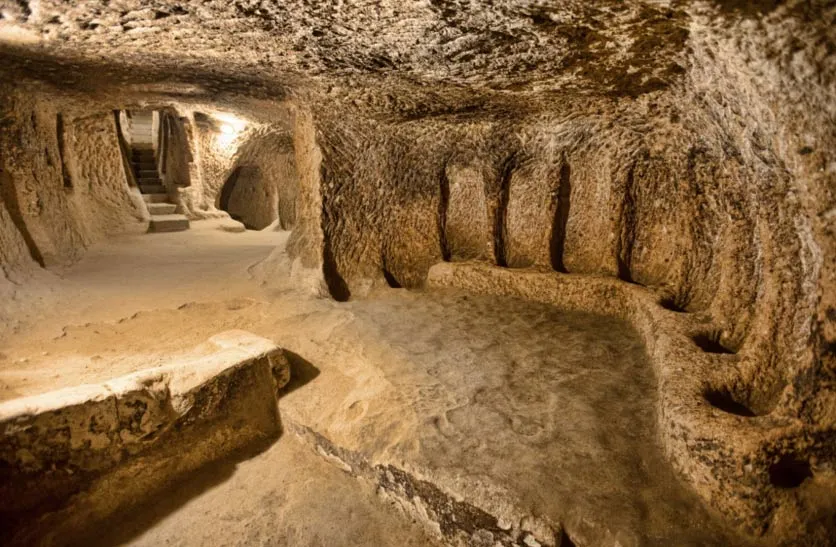
The Derinkuyu underground city is an ancient multi-level underground city in the Derinkuyu district in Nevşehir Province, Turkey. Extending to a depth of approximately 60 m (200 feet), it is large enough to have sheltered as many as 20,000 people together with their livestock and food stores. It is the largest excavated underground city in Turkey and is one of several underground complexes found across Cappadocia.
4) 105 m The Deepest Subway Station
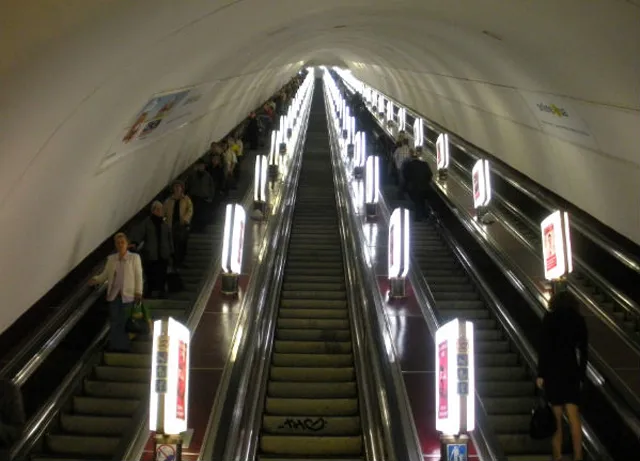
Arsenalna is a station on Kiev Metro's Sviatoshynsko-Brovarska Line. The station was opened along with the first stage and is currently the deepest station in the world (105.5 meters (346 ft)). This is attributed to Kiev's geography where the high bank of the Dnieper River rises above the rest of the city. Also unique is the station's design which lacks a central concourse thus similar in layout to stations on the London Underground.
5) 1370 m Permafrost In Yakutia
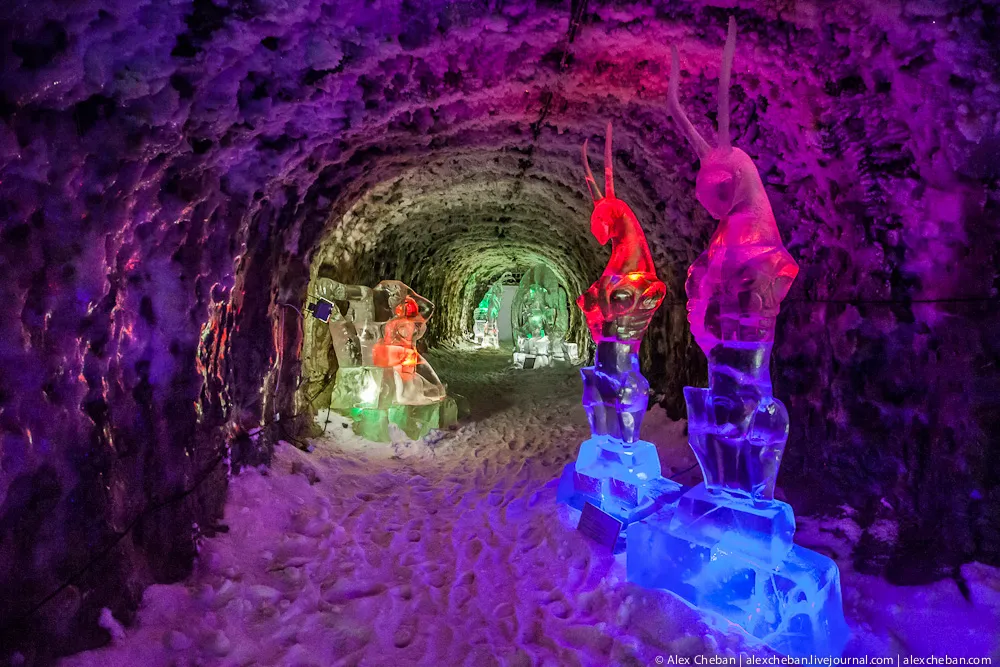
Yakutsk is surrounded by many hills. In the Soviet era the tunnel in one of them, located near the mountain Chochur Muran, was used as a huge cellar for food storage. In November 2008, tourist center “The Kingdom of Permafrost” was opened here.
6) 1642 m The Depth Of Lake Baikal
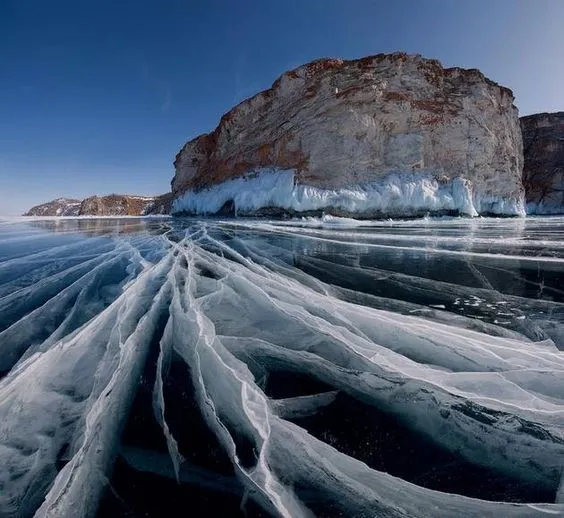
Lake Baikal is the largest freshwater lake by volume in the world, containing 22–23% of the world's fresh surface water. With 23,615.39 km3 (5,670 cu mi) of fresh water, it contains more water than the North American Great Lakes combined. With a maximum depth of 1,642 m (5,387 ft), Baikal is the world's deepest lake. It is considered among the world's clearest lakes and is considered the world's oldest lake — at 25 million years. It is the seventh-largest lake in the world by surface area.
7) 4500 m TauTona Gold Mine
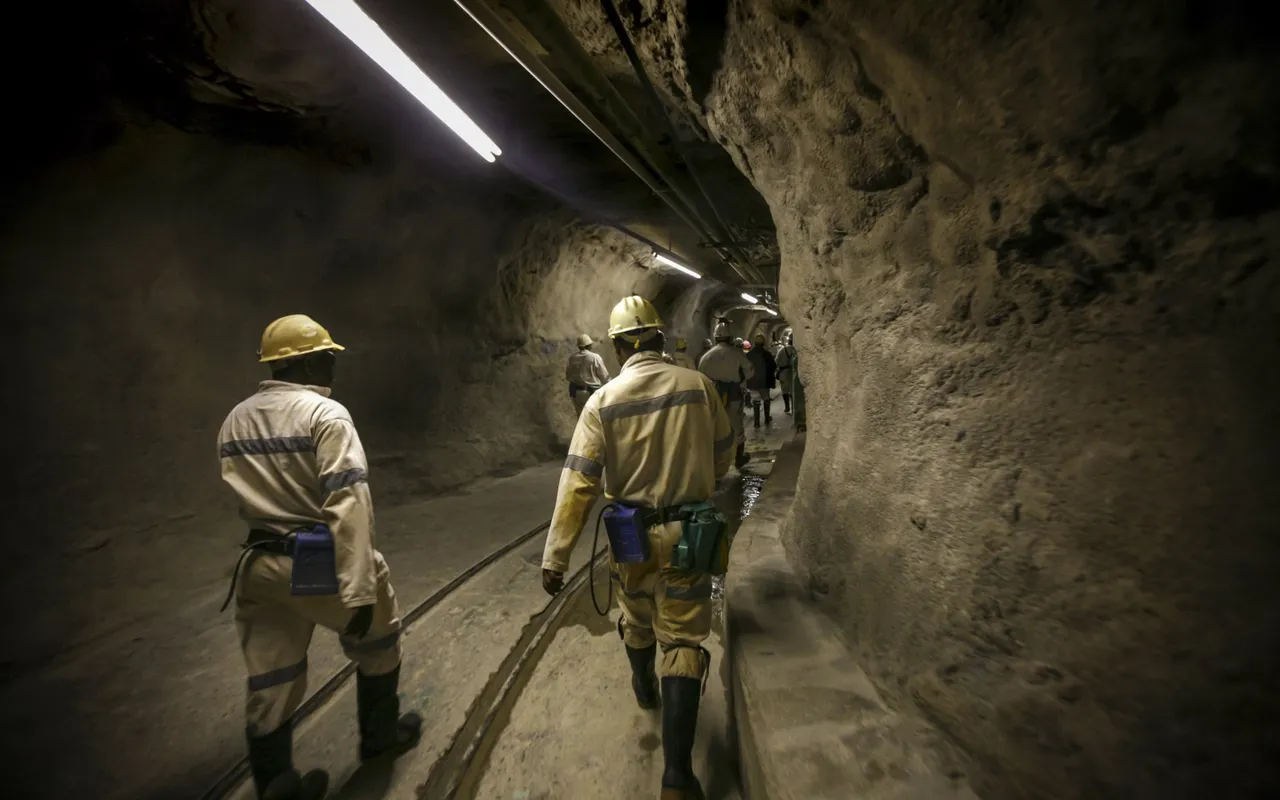
The TauTona Mine or Western Deep No.3 Shaft,[1] is a gold mine in South Africa. At approximately 3.9 kilometers (2.4 mi) deep, it is home to the world's deepest mining operations, rivaled only by Mponeng gold mine.
8) 6700 m Fossilized Algae

Harbaugh (1959, 1962) recorded abundant sources of leaf-like or phylloid algae in rocks of late Pennsylvanian age in southeastern Kansas. The algal mounds that are well exposed in southeastern Kansas are well-known geologic sites that have been visited by geologists and paleontologists from around the world.
9) 12262 m The Deepest Well
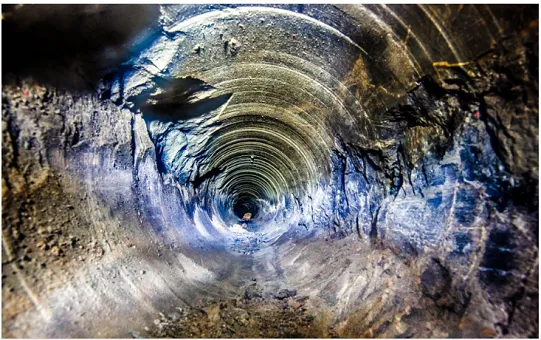
The Kola Super deep Borehole is the result of a scientific drilling project of the Soviet Union in the Pechengsky District, on the Kola Peninsula. The project attempted to drill as deep as possible into the Earth's crust. Drilling began on 24 May 1970 using the Uralmash-4E, and later the Uralmash-15000 series drilling rig. Boreholes were drilled by branching from a central hole. The deepest, SG-3, reached 12,262 metres (40,230 ft) in 1989 and still is the deepest artificial point on Earth. The borehole is 9 inches (23 cm) in diameter.
10) 70000 m The End Of The Earth's Crust
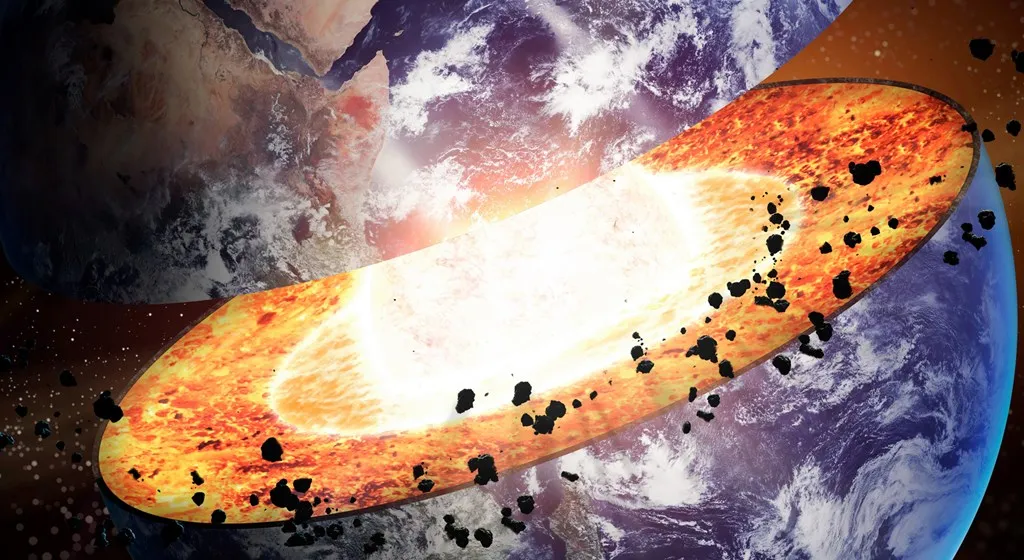
The crust of the Earth is composed of a great variety of igneous, metamorphic, and sedimentary rocks. The crust is underlain by the mantle. The upper part of the mantle is composed mostly of peridotite, a rock denser than rocks common in the overlying crust. The boundary between the crust and mantle is conventionally placed at the Mohorovičić discontinuity, a boundary defined by a contrast in seismic velocity. The crust occupies less than 1% of Earth's volume.
11) 6381000 m The Distance To The Earth's Core
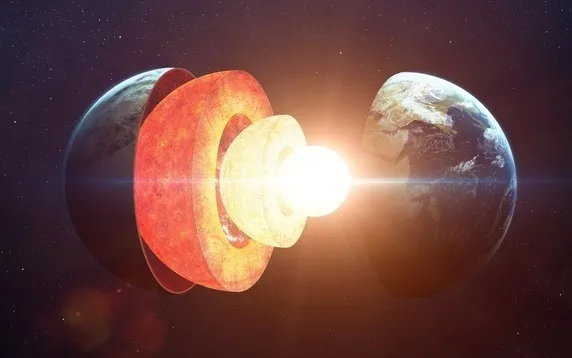
The Core was discovered by Inge Lehmann in 1929, using seismology. Lehmann was studying a large New Zealand earthquake. An earthquake makes vibrations which move through the inside of the Earth. The vibrations Lehmann studied seemed to be moving across something solid in the center of the planet. She called this the inner core. She wrote about it for many years, but it was not proved to exist until 1970.
